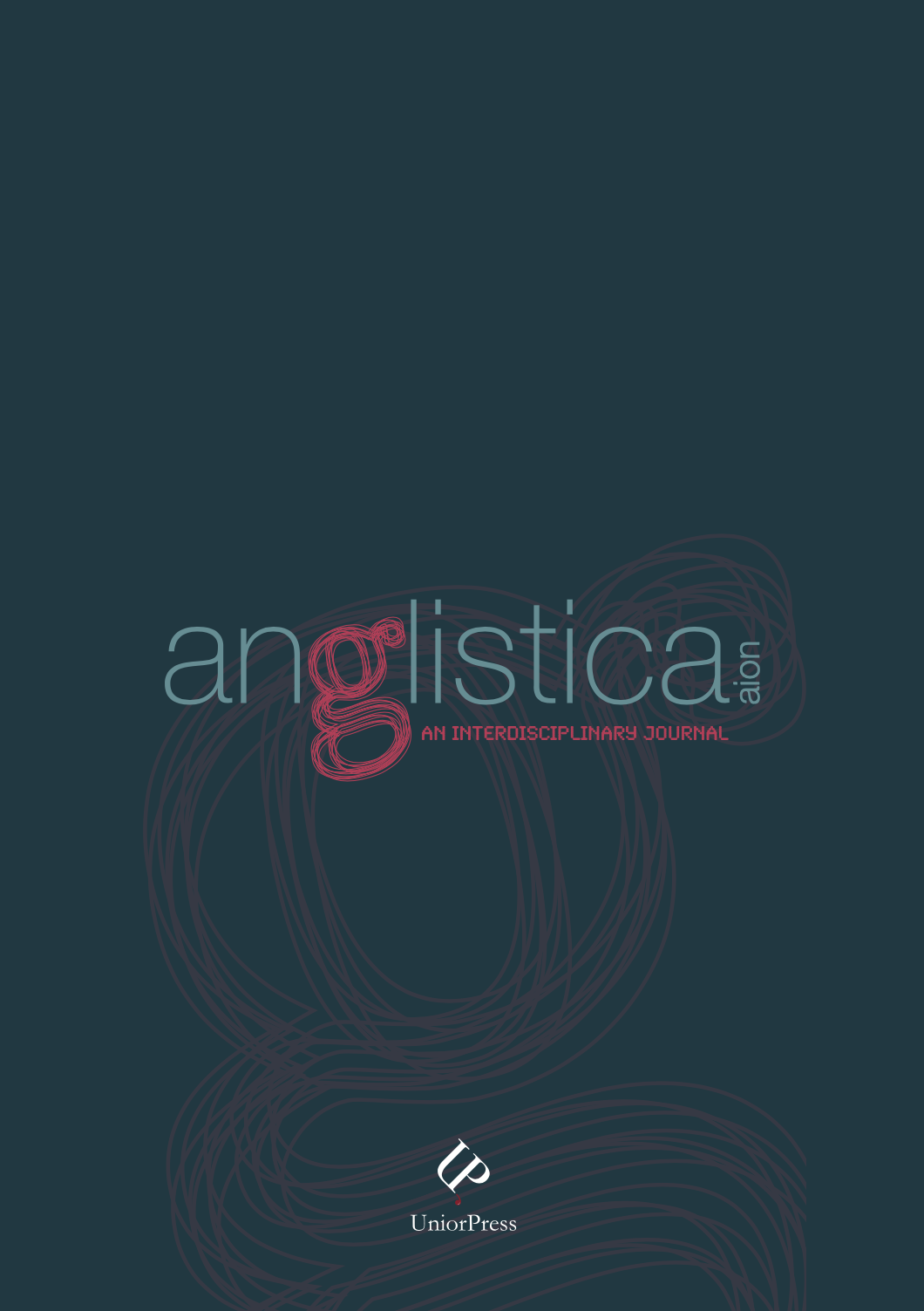A Possible-Worlds Approach to the Pragmatic Analysis of Metaphysical Imaging across Genres and Art Forms
Abstract
This article reports on an enquiry into the ways through which Metaphysical discourse, by disrupting the conventional linguistic uses that normally ‘constrain’ imagination into socially-accepted routines, is actually capable of restoring language to its original and creative mental/physical entirety within counterfactual possible- worlds contexts. It will be suggested that the best way of triggering in readers an explorative process of ‘possible-worlds imaging’, is to propose a reading approach that is visual as well as kinaesthetic, which would also enable readers to have an authorial role in the interpretation of Metaphysical texts. The theoretical construct of Metaphysical discourse analysis outlined in this paper introduces some elements of novelty that can be summarized as follows: firstly, current research on Possible Worlds has always associated this distinctively truth-conditional construct with the traditional Logical Semantics of an abstract kind, despite the fact that modality is involved – which in itself should represent a challenge to the Objectivist truth/non-truth polarity. This paper, instead, advances a novel association between Cognitive-Experiential Linguistics and Possible- Worlds Semantics. Secondly, Possible-Worlds Semantics has conventionally been concerned almost exclusively with the epistemic dimension of Modal Logic, which represents the domain of mental speculation underlying the tradition of Metaphysical thought. On the contrary, the correlation advanced in this paper between Metaphysical discourse in the traditional philosophical argumentation and Metaphysical discourse expressed through other linguistic and non-linguistic genres, rediscovers also the deontic dimension of Possible-Worlds Logic. This bimodal quality of Metaphysical language is here claimed to be founded on novel ‘archetypal images’ resulting from the readers’ interpretation of Metaphysical texts. Indeed, such epistemic ‘images’ are here assumed to deontically elicit in readers’ minds subjective emotional and even ‘embodied’ reactions to the visual representations that they imaginatively achieve from the ‘deviating’ forms of Metaphysical texts. Thirdly, this paper will formulate a novel correlation between the Possible-Worlds construct in Modal Logic and Pragmatics on the grounds of newly defined ‘possible-worlds cooperative maxims’ of ‘experiential pliability’ and ‘cognitive suspension of disbelief’. It will be argued that these new pragmatic maxims proceed from the typical performative nature of Metaphysical discourse (which can be linguistic as well as visual), that‘deontically’ induces ‘imaging readers’ to believe that the counterfactual contexts that it ‘epistemically’ represents in its composition can be conceivable and, thus, ready to be visually authenticated and even physically appropriated – as the case study reported in this paper will illustrate.


